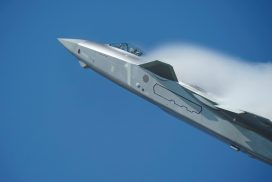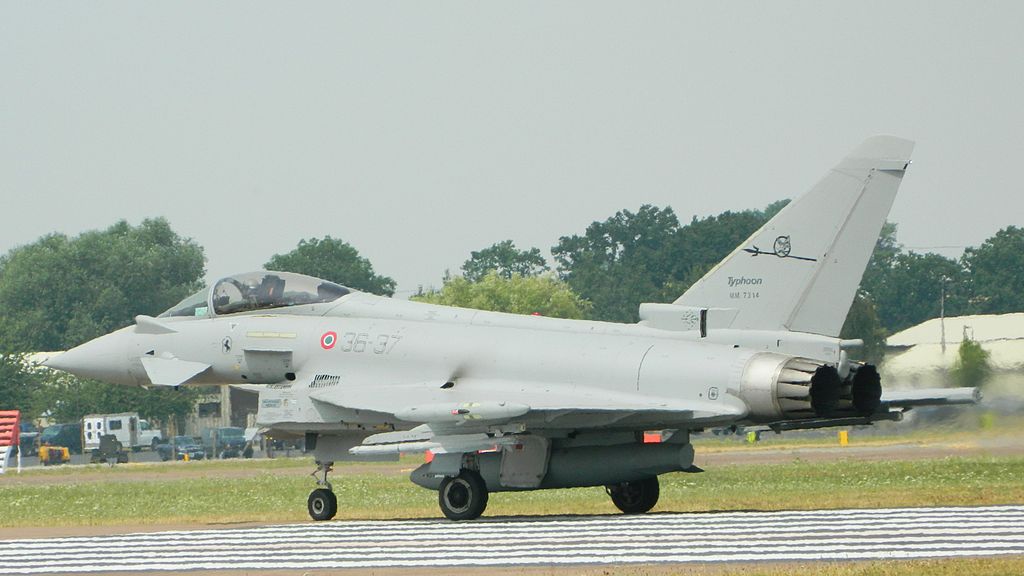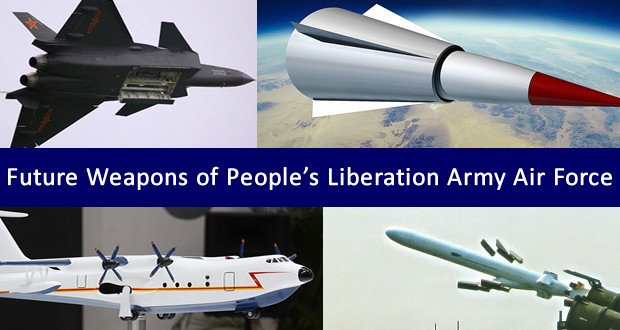a onblur=”try {parent.deselectBloggerImageGracefully();} catch(e) {}” href=”http://bp2.blogger.com/_RRbP6fpJWAc/R0QS1BeYLhI/AAAAAAAAAYs/AonA9Ecn-84/s1600-h/-United_States_Air_Force_logo,_blue_and_silver.jpg”img style=”margin: 0pt 0pt 10px 10px; float: right; cursor: pointer;” src=”http://bp2.blogger.com/_RRbP6fpJWAc/R0QS1BeYLhI/AAAAAAAAAYs/AonA9Ecn-84/s320/-United_States_Air_Force_logo,_blue_and_silver.jpg” alt=”” id=”BLOGGER_PHOTO_ID_5135250177247424018″ border=”0″ //aThe USAF is the largest and most technologically advanced air force in the world, with about 6013 manned aircraft in service (4,282 USAF; 1,321 Air National Guard; and 410 Air Force Reserve); approximately 160 Unmanned Combat Air Vehicles, 2161 Air-Launched Cruise Missiles, and 580 Intercontinental Ballistic Missiles; and as of September 30, 2006, had 334,200 personnel on active duty, 120,369 in the Selected and Individual Ready Reserves, and 107,000 in the Air National Guard. An additional 10,675 personnel were in the Standby Reserve, and the Air Force employed 168,558 civilian personnelbr /br /br /Not all of the United States’ military combat aircraft are operated by the USAF. The United States Army operates its own helicopters, mostly for support of ground combatants; it as well maintains a small fleet of fixed wing aircraft (mostly Unmanned Aerial Vehicles). The Navy is responsible for the aircraft operating on its aircraft carriers and Naval air stations, and the Marine Corps operates its own combat and transport aircraft. The Coast Guard also maintains transport and search-and-rescue aircraft, which may be used in a combat and law enforcement role. All branches of the U.S. military operate helicopters.br /br /br /Aircrafts:br /The United States Air Force has over 7,500 aircraft commissioned as of 2004. Until 1962, the Army and Air Force maintained one system of aircraft naming, while the U.S. Navy maintained a separate system. In 1962, these were unified into a single system heavily reflecting the Army/Air Force method. For more complete information on the workings of this system, refer to United States Department of Defense Aerospace Vehicle Designations.br /br /Current aircraft of the USAF:br /br / * O/A-10A/C Thunderboltbr / * An-26br / * B-1B Lancerbr / * B-2A Spiritbr / * B-52H Stratofortressbr / * C-5A/B/C/M Galaxybr / * KC-10A Extenderbr / * C-12C/D/F Huronbr / * C-17A Globemaster IIIbr / * C-20A/B/C Gulfstream IIIbr / * C-20H Gulfstream IVbr / * C-21A Learjetbr / * C-22Bbr / * VC-25A (Air Force One)br / * C-26Bbr / * C-29A (HS.125-800)br / * C-32Abr / * C-37A Gulfstream Vbr / * C-38A Astrabr / * C-40Bbr /br / br /br / * C-41Abr / * C-130E/H/J Herculesbr / * AC-130H/U Spectre/Spooky IIbr / * HC-130H/Nbr / * LC-130Hbr / * MC-130E/H/W Combat Talon/Combat Spearbr / * WC-130Jbr / * C-135C/E/K Stratolifterbr / * NC-135B/E/Wbr / * KC-135E/R/T Stratotankerbr / * EC-137D Stratolinerbr / * VC-137Cbr / * CN-235-100br / * E-3B/C Sentrybr / * E-4Bbr / * E-8C JSTARSbr / * E-9Abr / * F-15A/B/C/D Eaglebr / * F-15E Strike Eaglebr /br / br /br / * F-16A/B/C/D Fighting Falconbr / * F-22A Raptorbr / * F-117A Nighthawkbr / * MH-53J/M Pave Low III/IVbr / * HH-60G Pave Hawkbr / * Mi-8br / * NCH-53A Sea Stallionbr / * NT-39A/B Sabrelinerbr / * OC-135Bbr / * M/RQ-1A/B Predatorbr / * RQ-4A Global Hawkbr / * MQ-9 Reaperbr / * RC-135S/U/V/Wbr / * T-1A Jayhawkbr / * T-6 Texan IIbr / * T-37B Tweetbr / * (A)T-38A/B/C Talonbr /br / br /br / * Boeing T-43br / * TC-18Ebr / * TC-135S/Wbr / * TE-8Abr / * TG-3Abr / * TG-4Abr / * TG-7Abr / * TG-9Abr / * TG-10B/C/Dbr / * TG-11Abr / * TG-15A/Bbr / * UH-1N Iroquoisbr / * U-2R/S Dragon Ladybr / * UC-26Cbr / * UV-18A/B Twin Otterbr / * UV-20A Chiricuabr / * CV-22B Ospreybr / * U-28Abr / * WC-135C/W
Menu
Copyright © 2007- 2025 • Defence Aviation • All Rights Reserved. Reproduction without explicit permission is prohibited.



